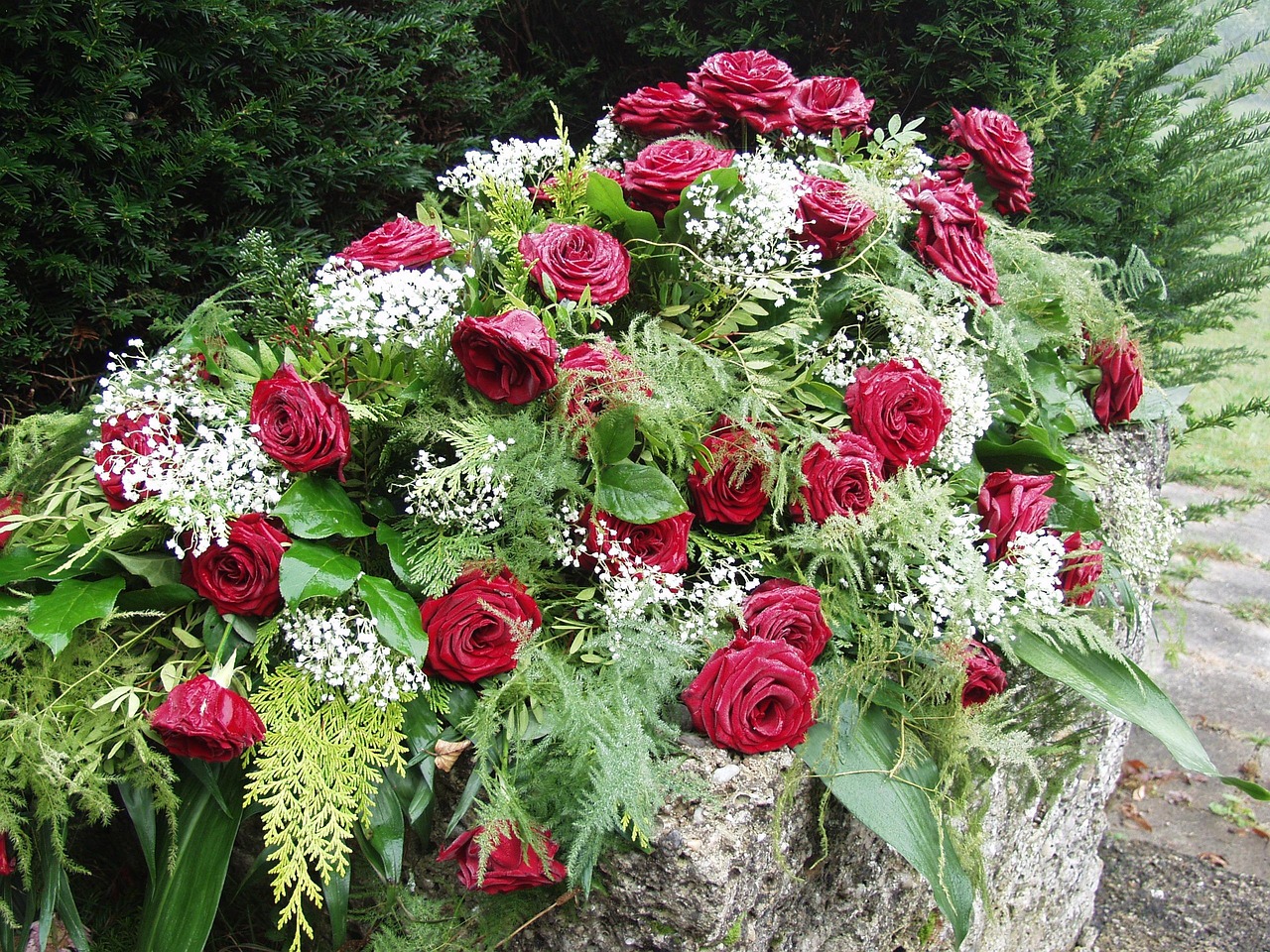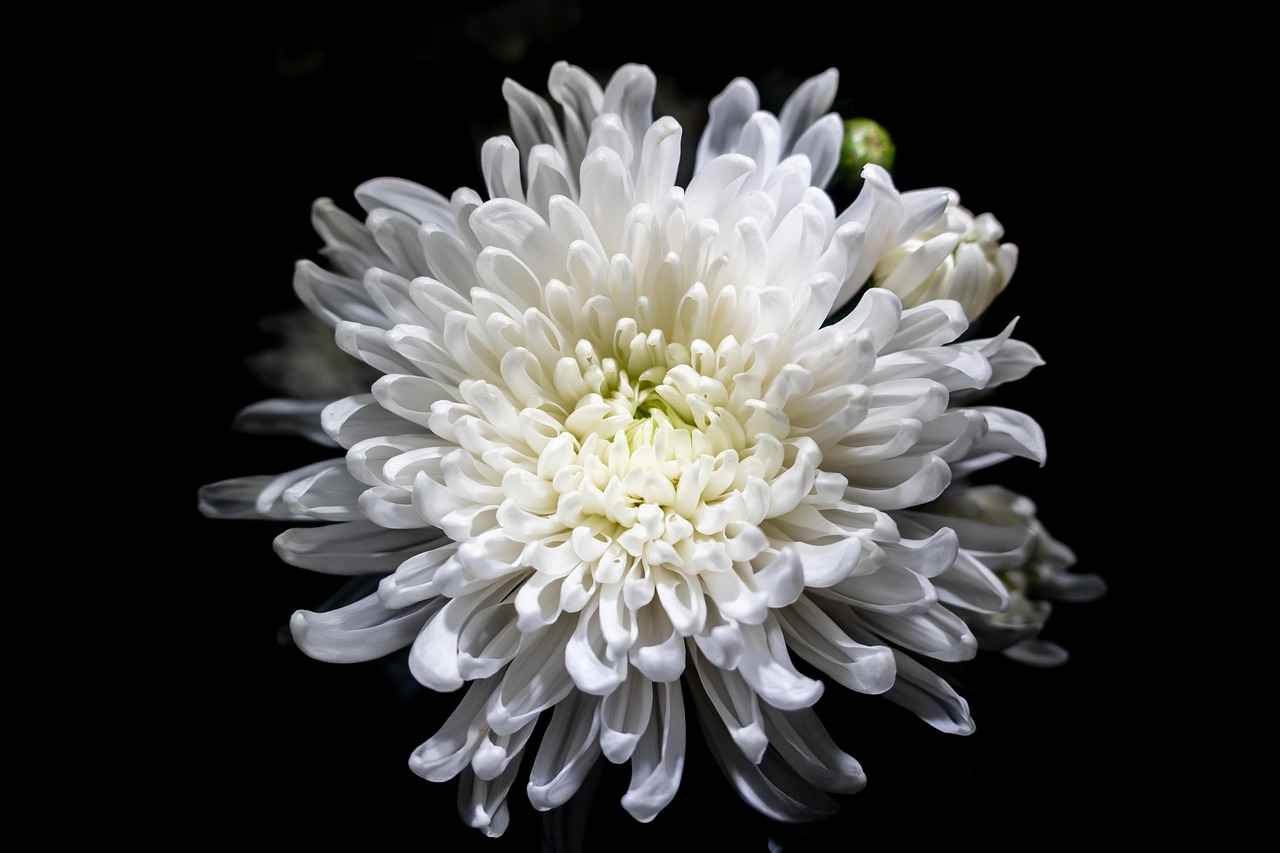The Magic of Christmas Decorations: A celebration of Festivity and Tradition
The Magic of Christmas Decorations: A Celebration of Festivity and Tradition
The magic of Christmas decorations are more than just adornments; they are vibrant expressions of joy, nostalgia, and unity that transform homes, streets, and public spaces into magical realms of holiday spirit. The tradition of decorating for Christmas has evolved over centuries, reflecting cultural, religious, and personal influences. From glittering lights and ornaments to natural elements like evergreen boughs and holly, Christmas decorations encapsulate the essence of the season, bringing people together to celebrate love, warmth, and generosity.
The Historical Roots of Christmas Decorations
The tradition of decorating for Christmas has ancient roots. Early civilizations celebrated the winter solstice with greenery like evergreens, symbolizing life and renewal during the darkest days of the year. The use of holly, ivy, and mistletoe predates Christianity, as these plants were believed to ward off evil spirits and bring good fortune.
In the Christian tradition, Christmas decorations began to gain significance in medieval Europe. Churches and homes were adorned with evergreens to symbolize eternal life, reflecting the teachings of Christ. The 16th century saw the emergence of Christmas trees, a tradition often attributed to Germany. Martin Luther is said to have popularized the practice of decorating trees with candles to replicate the stars in the night sky.
Christmas Trees: The Centerpiece of Celebration
The Christmas tree remains the heart of holiday decorations. Today, it can be a natural evergreen or an artificial tree, but the sentiment it carries remains unchanged. Trees are often adorned with lights, ornaments, and garlands, each with its own story or symbolism.
Ornaments have become a cherished tradition, with families passing down heirlooms or creating personalized decorations. These can range from delicate glass baubles and hand-painted figurines to homemade crafts. Modern trends also embrace themed trees, where decorations follow a cohesive color palette or concept, adding a touch of sophistication to this time-honored centerpiece.
The act of decorating the tree is often a family ritual, bringing loved ones together to create a visual representation of their shared memories and hopes for the coming year.
Twinkling Lights: Illuminating the Holiday Spirit
Christmas lights are an integral part of holiday décor, creating a warm and inviting atmosphere. Initially, candles were used to illuminate Christmas trees, but the invention of electric lights by Edward H. Johnson in the 1880s revolutionized holiday decoration. Today, homes, gardens, and public spaces are adorned with strings of colorful or white lights, often synchronized to music in elaborate displays.
Outdoor lighting has become an art form in itself, with entire neighborhoods participating in competitions for the most dazzling displays. From simple icicle lights hanging from eaves to grand animated scenes, these decorations bring joy not only to homeowners but also to the wider community.
Wreaths and Garlands: Timeless Elegance
Wreaths and garlands are classic Christmas decorations with deep symbolism. Wreaths, often made of evergreens, are circular to represent eternity and unending love. They can be simple or elaborately decorated with ribbons, pinecones, berries, and ornaments. Hung on doors or walls, wreaths are a welcoming gesture and a hallmark of holiday cheer.
Garlands, strung along mantels, staircases, or windows, add a festive touch to interiors and exteriors alike. Often adorned with twinkling lights or baubles, they tie together the elements of holiday décor, enhancing the cozy ambiance of a space.
Traditional Décor Elements: Holly, Mistletoe, and Nativity Scenes
Holly and mistletoe are steeped in tradition and folklore. Holly’s sharp leaves and red berries are thought to symbolize the crown of thorns and the blood of Christ, adding a spiritual dimension to its decorative use. Mistletoe, on the other hand, is associated with love and fertility. The custom of kissing under the mistletoe adds a romantic touch to holiday festivities.
Nativity scenes are another enduring element of Christmas décor, representing the religious origins of the holiday. These displays, which depict the birth of Jesus, often include figurines of Mary, Joseph, the baby Jesus, shepherds, and animals. Some families cherish intricately crafted nativity sets, while others create living nativity scenes as part of community celebrations.
Modern Innovations and Trends
In recent years, Christmas decorations have embraced innovation and creativity. LED technology has made lighting more energy-efficient and versatile, allowing for elaborate designs. Inflatable decorations, projection lights, and holographic displays have become popular for outdoor setups.
Themes and aesthetics play a significant role in modern holiday décor. Minimalist designs with monochromatic palettes appeal to contemporary tastes, while rustic styles featuring natural elements like wood and burlap evoke a sense of nostalgia. Sustainable decorations, such as those made from recycled materials or biodegradable substances, are also gaining traction as people become more eco-conscious.
DIY Decorations: A Personal Touch
Creating your own Christmas decorations adds a personal and sentimental dimension to holiday preparations. From handcrafted ornaments and paper snowflakes to homemade wreaths and candles, DIY projects allow families to bond and express their creativity. Such efforts often carry memories that last far beyond the holiday season.
The Social and Cultural Impact of Christmas Decorations
Christmas decorations extend beyond personal spaces to influence communities and cultures. Public displays, such as those in town squares or shopping centers, bring people together to celebrate the season. Iconic examples include the Rockefeller Center Christmas tree in New York City and the extravagant light displays of cities like Tokyo and Paris.
For many, decorating for Christmas is not just a tradition but a way to spread joy and foster a sense of belonging. Neighbors sharing decorations or participating in communal lighting ceremonies create bonds that strengthen community spirit.
Conclusion: The Timeless Appeal of Christmas Decorations
Christmas decorations, whether simple or elaborate, hold a universal appeal. They encapsulate the joy, generosity, and hope that define the holiday season. By adorning homes and public spaces with lights, greenery, and ornaments, people create an atmosphere that invites celebration and reflection. As traditions evolve and new trends emerge, the essence of Christmas decorations remains timeless—a celebration of beauty, warmth, and the enduring power of togetherness.



